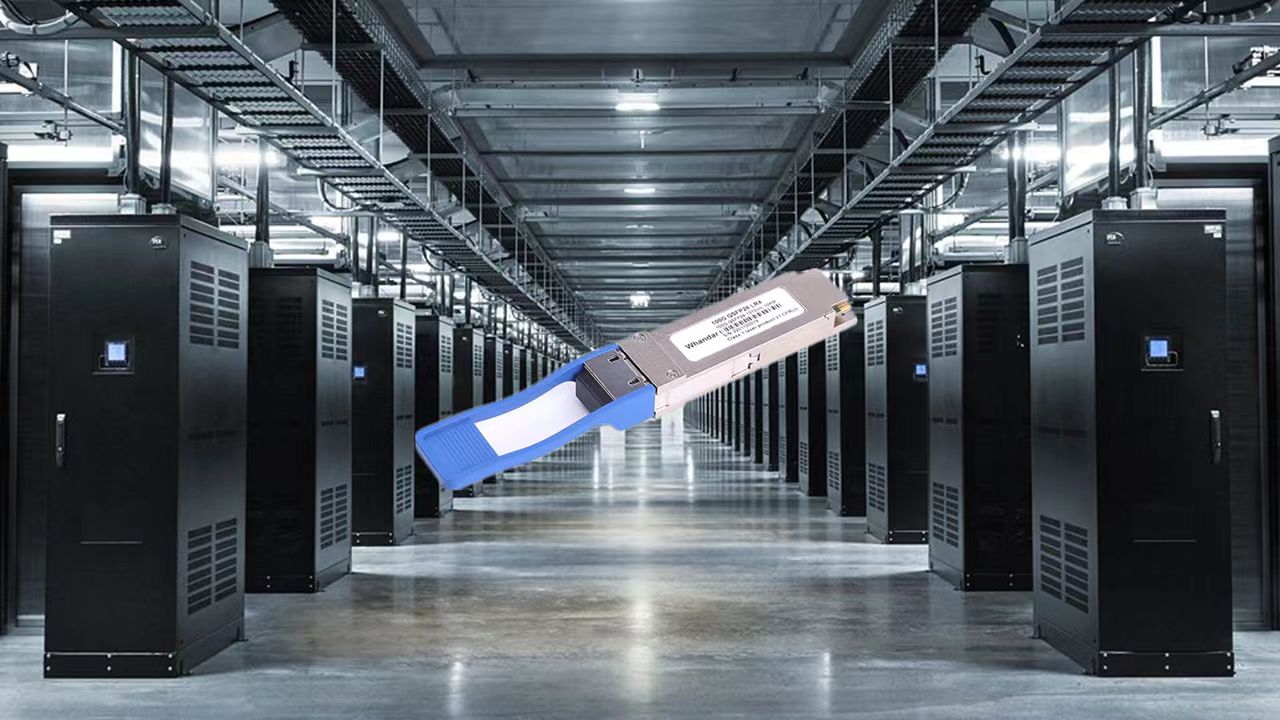DAC Lines in Optical Modules: Precision Conversion from Digital to Analog
2023-09-27(419)views
Optical modules, as crucial components of modern communication networks, rely on various key elements to achieve high-speed data transmission. Among these, DAC lines (Digital-to-Analog Converter lines) play a critical role in bridging the gap between digital and analog signals. This article delves into the role, working principles, and essential contributions of DAC lines in optical modules to the field of communication technology.
Basic Concepts of DAC Lines
DAC lines are a part of Digital-to-Analog Converters, responsible for converting digital signals into analog signals. In optical modules, their primary task is to transform digital data into analog voltage or current, which controls the optical transmitter's output optical power. This is crucial because digital data is inherently discrete, while optical modules require continuous analog signals to modulate light intensity.
Working Principles of DAC Lines
The working principles of DAC lines are relatively straightforward but highly precise. They receive digital input signals from the control circuitry of the optical module, typically binary data representing the information to be transmitted. The conversion process involves the following key steps:
Digital Signal Input: DAC lines receive digital input signals from the optical module, which are usually binary data representing the information to be transmitted.
Digital-to-Analog Conversion: The core function of DAC lines is to convert these digital values into analog voltage or current. This typically involves using precision electronic components such as resistor networks or current sources to generate the required analog signal.
Filtering and Adjustments: The converted analog signal may require further filtering and adjustments to ensure its quality and stability. This can include removing high-frequency noise or amplifying/attenuating the signal.
Output to Optical Transmitter: Finally, the generated analog signal is sent to the optical transmitter to modulate the output power of the optical module, ensuring accurate transmission of digital data.
Importance of DAC Lines
The importance of DAC lines in optical modules cannot be overstated. Their performance directly impacts the stability and data transmission quality of communication systems. Here are some key contributions of DAC lines in optical modules:
Accuracy and Stability: DAC lines must provide highly accurate analog outputs to ensure the output power of the optical module matches the desired values. They must maintain stability under different environmental conditions.
High-Speed Data Transmission: Optical modules are often used for high-speed data transmission, so DAC lines must rapidly and reliably convert digital signals into analog signals to meet the demands of high-speed communication.
Low Noise and Distortion: DAC lines must produce analog signals with low noise and distortion to ensure the reliability and quality of data transmission.
Flexibility: Optical modules often need to adjust their output power to accommodate various communication requirements. The design of DAC lines must allow for flexible output adjustments.
Conclusion
In modern communication systems, the performance and reliability of optical modules are crucial for achieving high-speed, high-quality data transmission. DAC lines, as a critical component of optical modules, play a pivotal role in digital-to-analog conversion. Their high precision, stability, and performance are essential for ensuring the smooth operation of communication networks. Therefore, the design and optimization of DAC lines are important research directions in the field of communication technology, and they will continue to make significant contributions to the connectivity and reliability of our digital world.
Latest News
-

What is Sora, and what new impact will it have on the intelligence field?
Sora AI, a groundbreaking system, revolutionizes video creat...
-

Whandar 2024 Spring Festival Holiday Notice
SFP supplier in Shenzhen
-

Understanding the Differences between AOC and DAC Cables
We aremanufacturers of optical module,fiber optic transceive...
-

The Pervasive Role of Optical Modules in Data Centers
We are manufacturer who provides first-rate products and com...
0755-86654236
Phone:0755-86654236
Telephone:
Fax:0755-86654231-869
Email:sales@huahanda.com
Address:4th Floor, Building 10, Xusheng Xifa B Industrial Zone, Yintian Gonghe Industrial Road, Xixiang Town, Baoan District, Shenzhen


 sales@huahanda.com
sales@huahanda.com 0755-86654236
0755-86654236